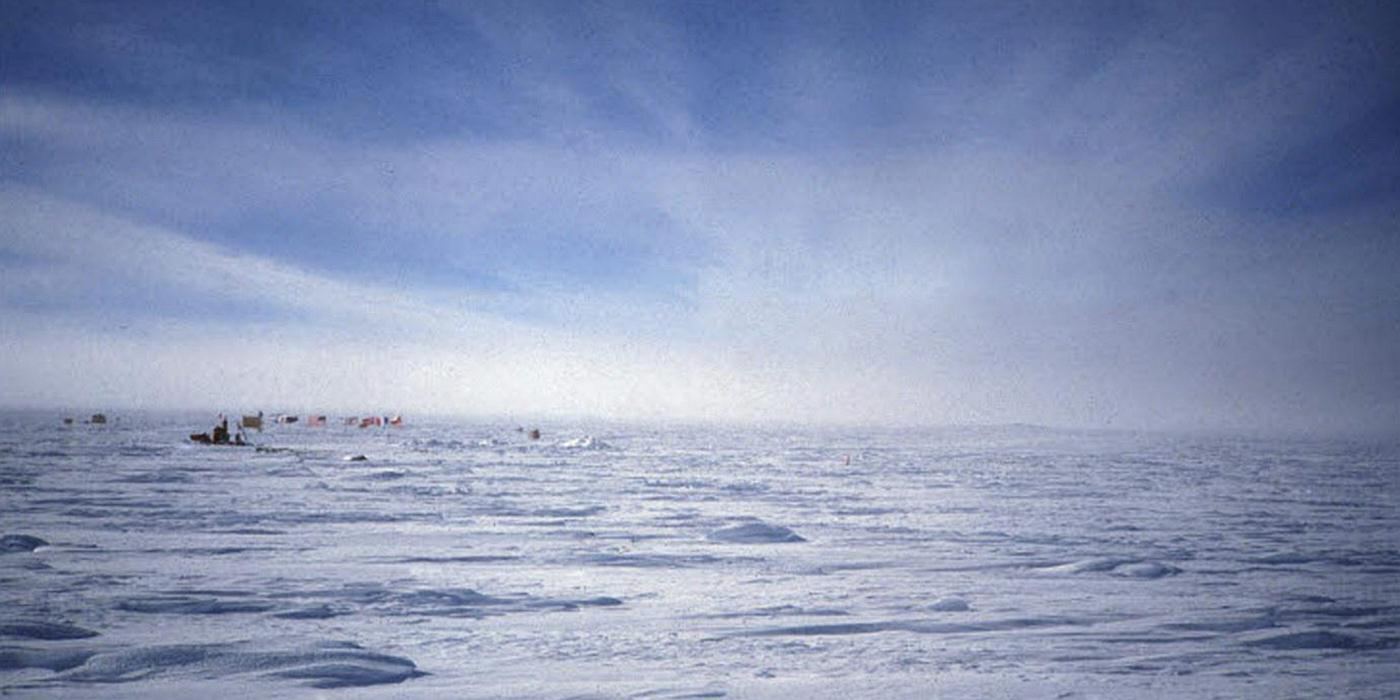This article is an excerpt from Chapter four in my new book The Chicken Little Agenda – Debunking Experts’ Lies. You can find out more about the book here, and can order the book from this link. This is the third of eight parts for Chapter four that will be presented here sequentially. Read part two here.
Chapter 4
Nuclear Power, Solar Power, and Things Beyond
Nuclear Waste
Okay . . . we made a political decision back in 1977 that has resulted in piles of long-lived radioactive material that we are not supposed to use for anything. Since the half-life for some of this stuff is around 25,000 years, what we do with it is not trivial. Consider that 25,000 years ago, humankind was barely more sophisticated than modern tribes of great apes. And now we have stuff we need to store for another 25,000 years. If you thought the ozone hole was a political football, check this one out.
The first thing we need is a “there” that will be there for the next twenty-five millennia. This is another not-so-trivial decision. Then what we put there needs to stay there, undisturbed for the same twenty-five millennia. Will our descendents 25,000 years from now even be able to read a sign that says Keep Out? Furthermore, do you want this stuff in your backyard?
Neither does anyone else.
The science guys, not the ones who made this stupid decision but the ones who have to carry it out, have solved part of the problem. Researchers have developed a borated glass that appears able to withstand at least ten thousand years of abrasion with little erosion. For now, they encase the nuclear “waste” in borated-glass beads, embed these beads in hardened concrete inside steel drums, and store them in pools of water.
The United States has several thousand such drums just waiting for the politicians to decide into which hole in the ground they will eventually be moved. Store them in old salt mines? Store them in new granite excavations? Store them in an open field surrounded by a fence with signs that read Danger–Keep Out? Sure, why not? It does not matter where you store the encapsulated waste so long as you control access. Radiation given off by encapsulated waste cannot contaminate ground water or the air or anything else. It is akin to radiation from the sun, the open sky, anthracite coal, ancient redwoods–similar, just more concentrated.
It is tempting to believe that our society will progress sufficiently so that one day it will finally decide to make use of this valuable resource. Unfortunately, our guys did a pretty good job with the borated glass. It may turn out to be cheaper to create new nuclear fuel than to undo what we have done.
The final irony is that there is a much better way to dispose of this stuff if we really don’t want to keep it around. We tend to think of the Earth as solid. Anybody from San Francisco or Los Angeles can tell you, however, that it ain’t so. Our planet’s crust consists of a multitude of individual large pieces called tectonic plates. These plates are constantly moving around the surface of the planet, jostling and rubbing one another and sliding over and under each other (this process is called plate tectonics). When the plate upon which the Indian subcontinent rests bumped into the Asian plate, the resultant crumpling formed the Himalayan mountain chain. When the Eastern Pacific plate hung up while sliding past the North American plate and then let go, the Oakland viaduct collapsed. The Western Pacific plate slides under the Asian plate, forming the Mariana Trench, the deepest spot in the ocean. These forces are enormous, surpassing by orders of magnitude anything else on this planet.
As one plate subducts under another, the entire plate edge is forced deep into the bowels of the Earth, where it and everything on and in it is totally transformed into the stuff that makes up the Earth’s mantle. This transformation results from tremendous pressure and from heat, caused in part by the pressure and by radioactive substances contained within the Earth.
The Challenger Deep in the Mariana Trench is nearly thirty-six thousand feet deep. This is almost seven miles of water. If you were to truncate Mount Everest at sea level and drop it into the Challenger Deep, there would still be over a mile of water covering the mountain.
If we were to drop the thousands of drums of so-called nuclear waste into the Challenger Deep or some other fast-moving subducting zone, within a few hundreds or thousands of years the material would be pulled deep within the Earth’s interior, where it would be utterly dissipated and destroyed. It would become an insignificant part of the radioactivity that already exists within the Earth’s mantle, totally indistinguishable from all the rest of the stuff down there.
We have a staggering problem created by a political decision, but we haven’t reversed that decision–at least not yet. We could live with it by making another political decision, but we haven’t and probably won’t.
Long live Chicken Little!
© 2006 – Robert G. Williscroft





Sorry, comments are closed for this post.